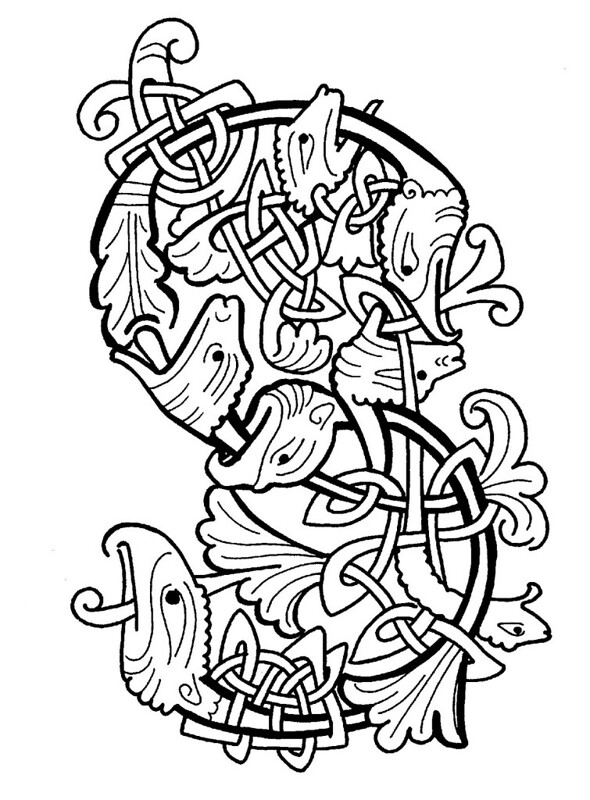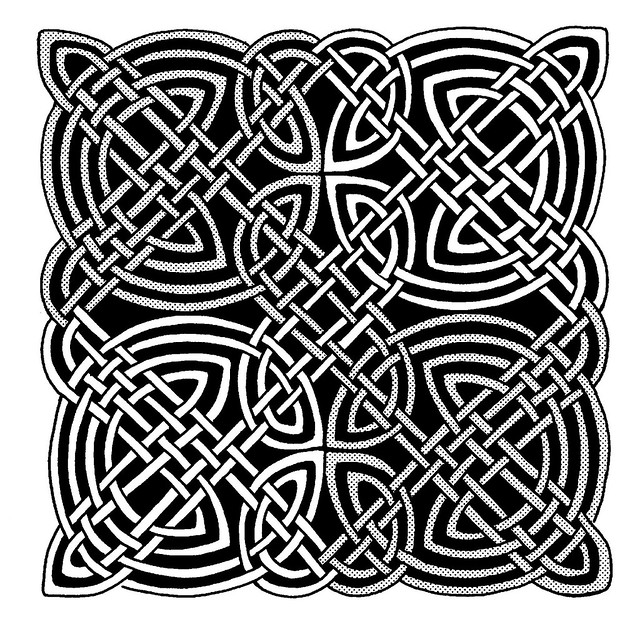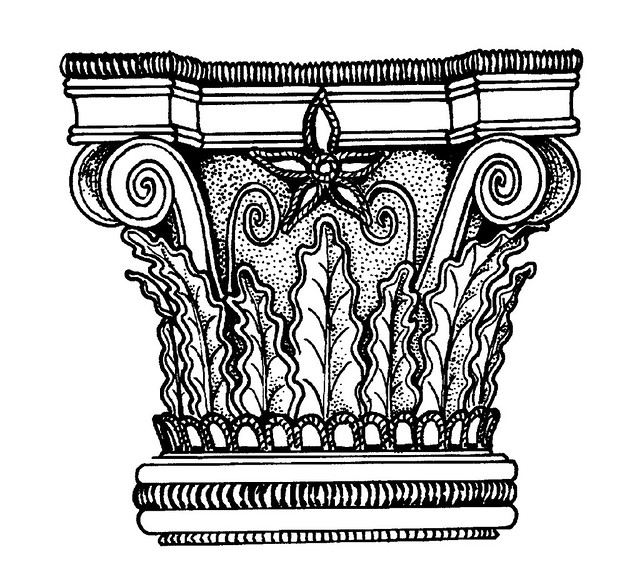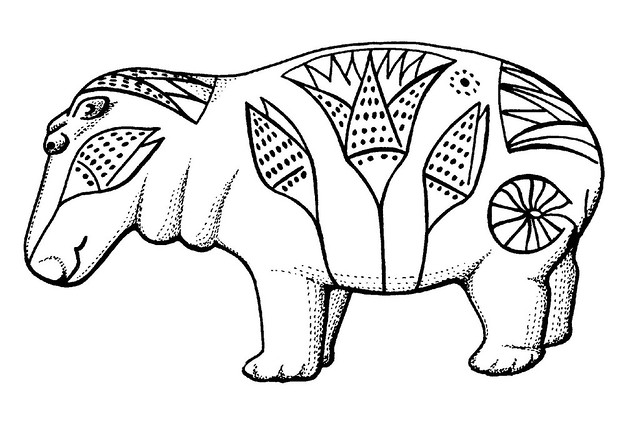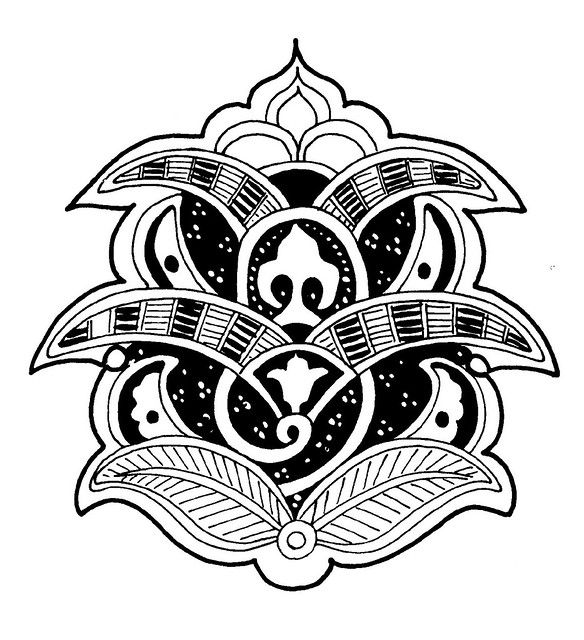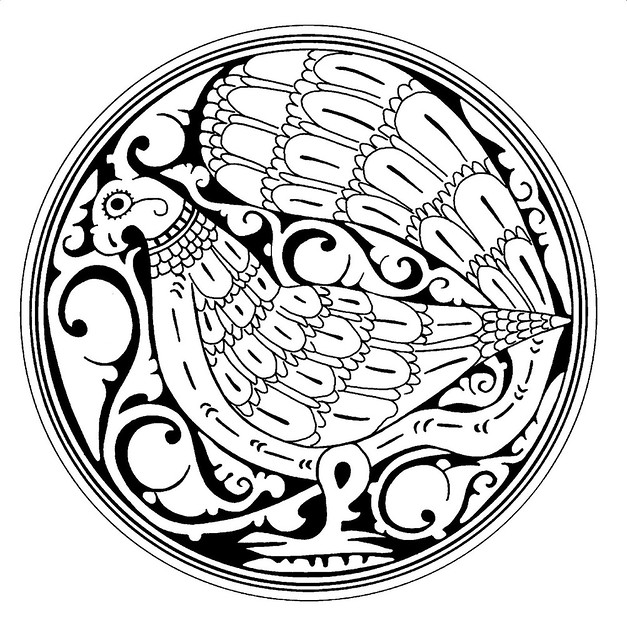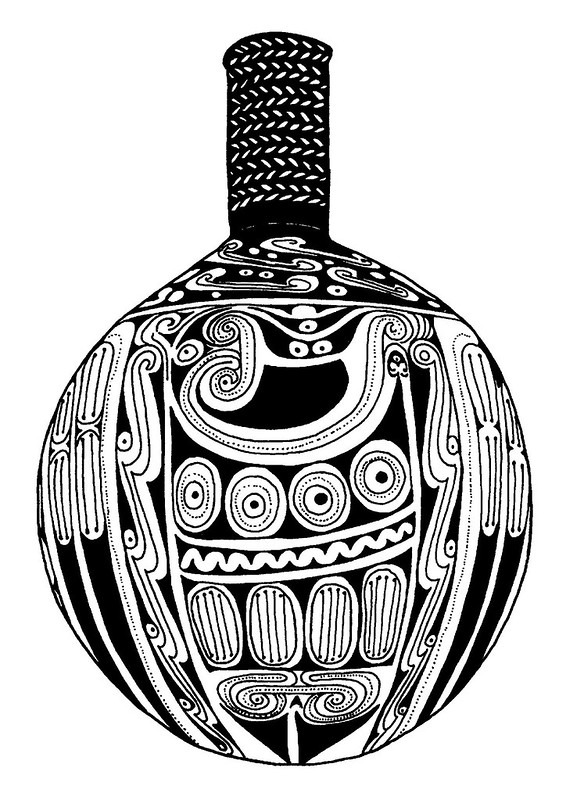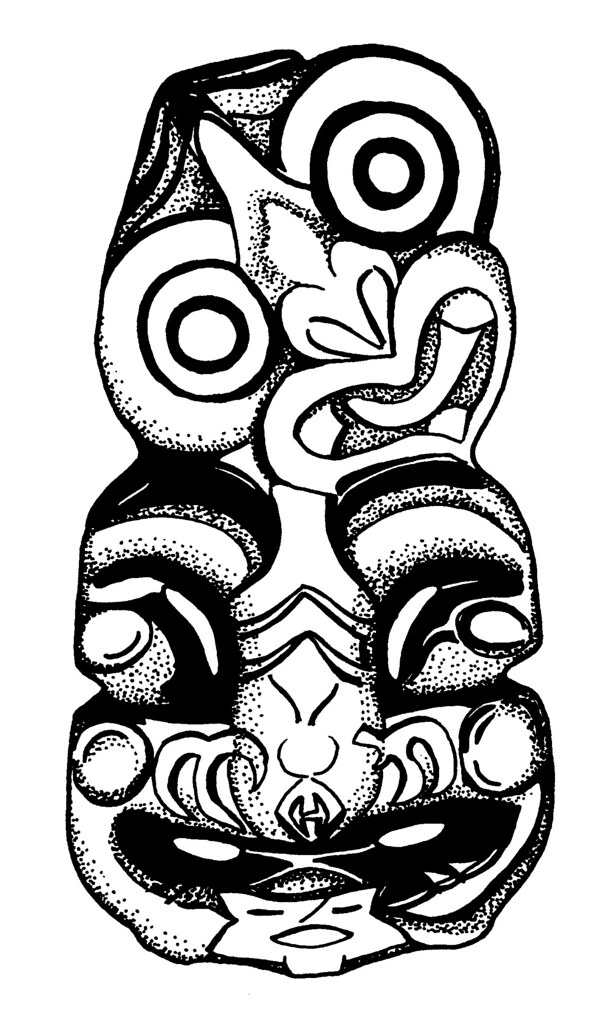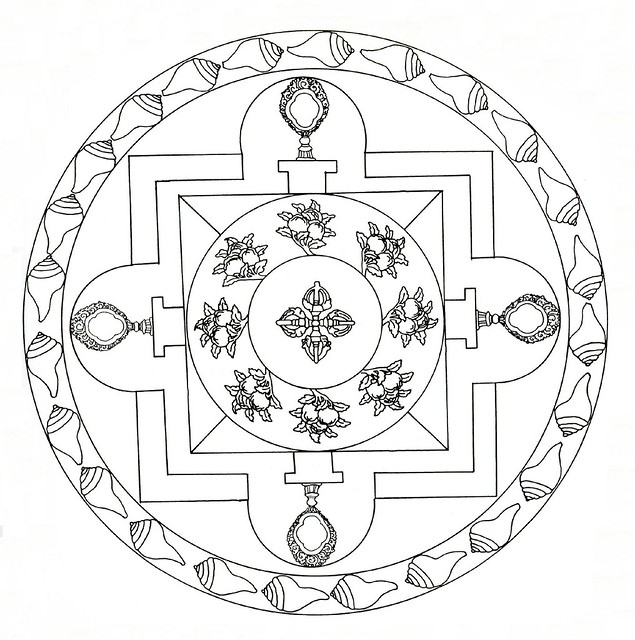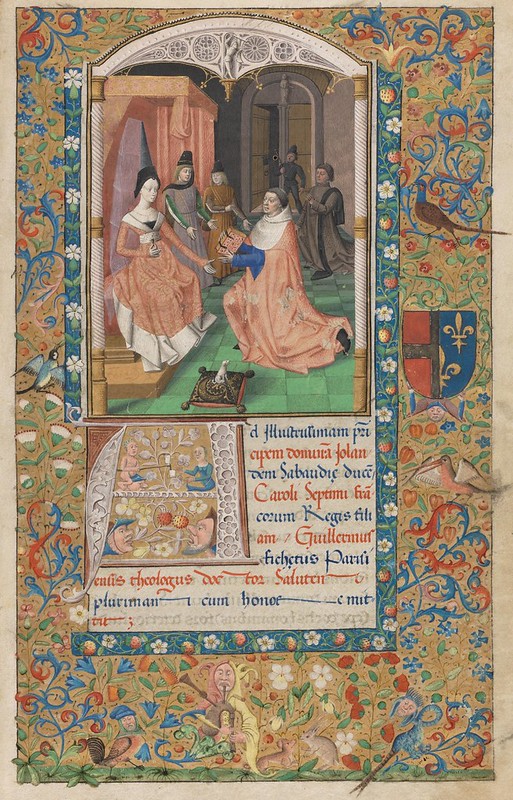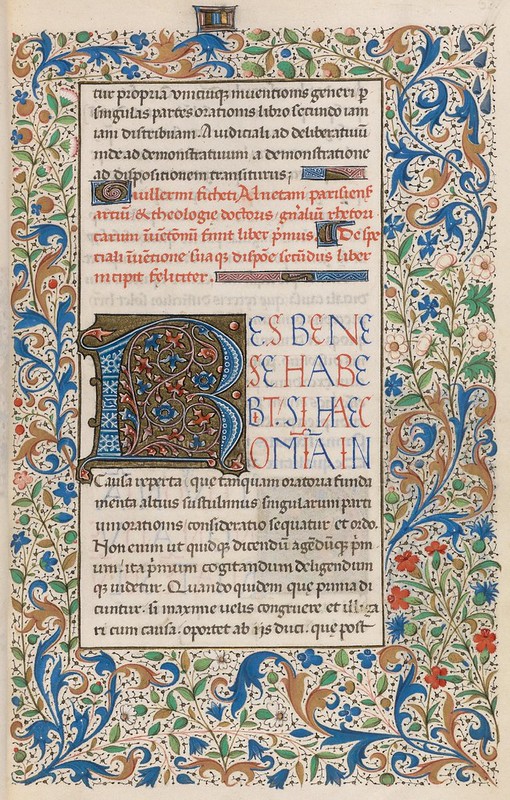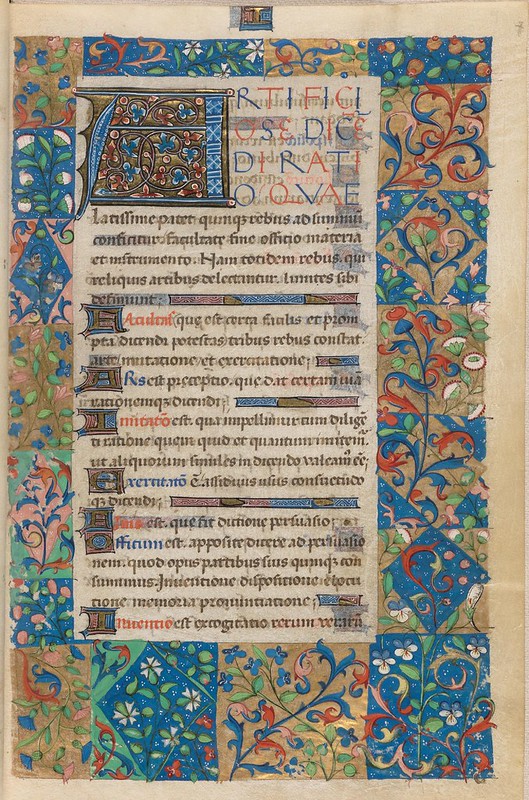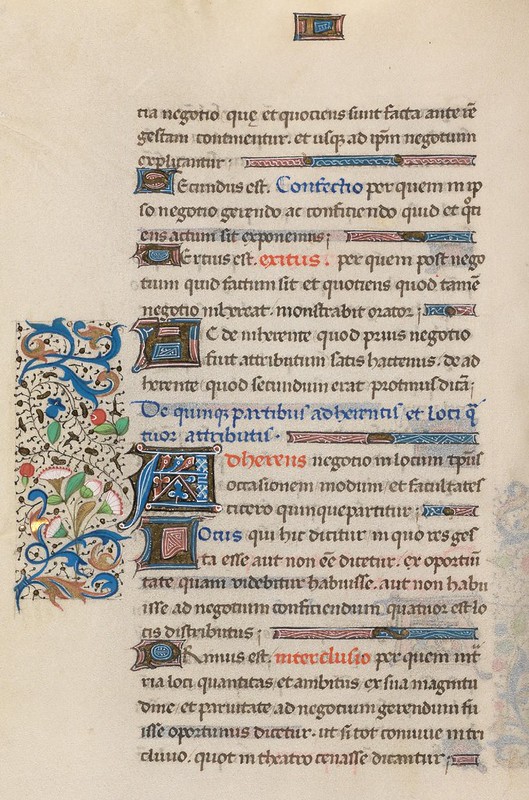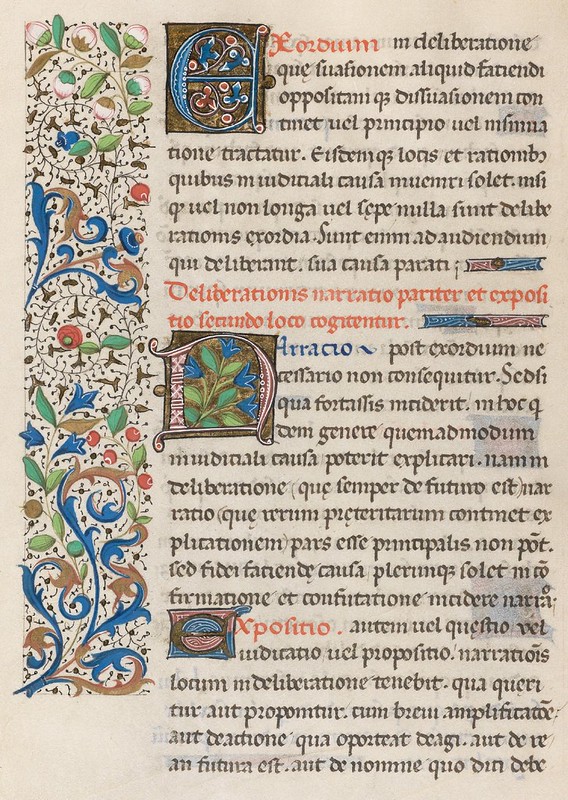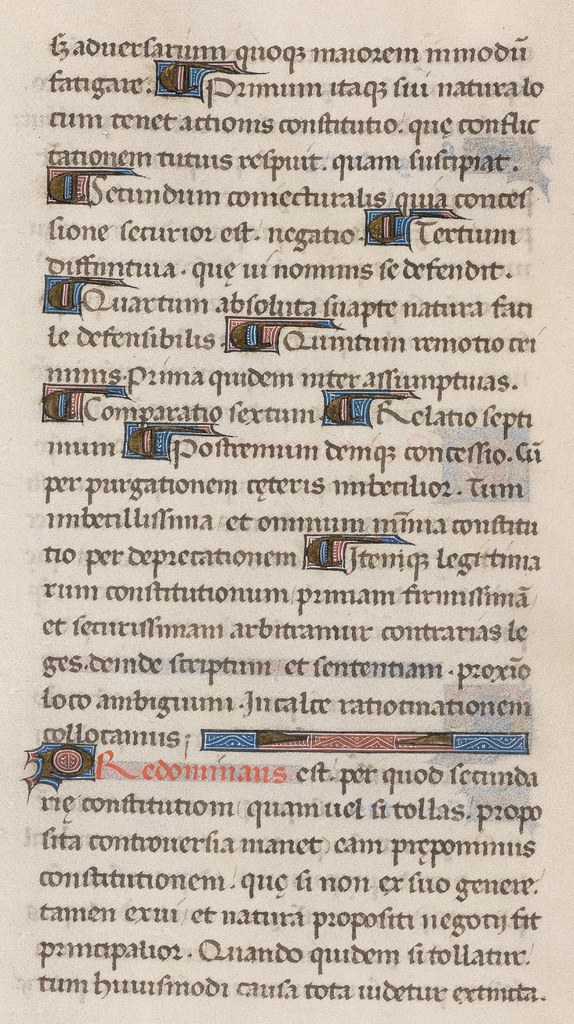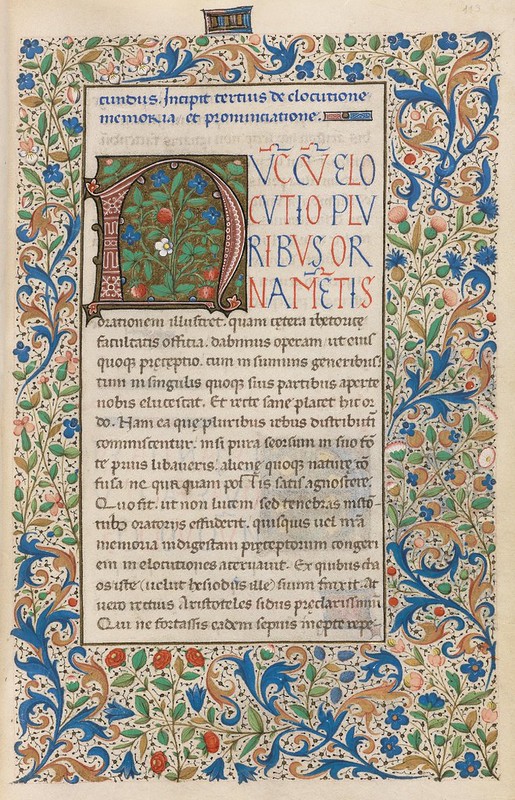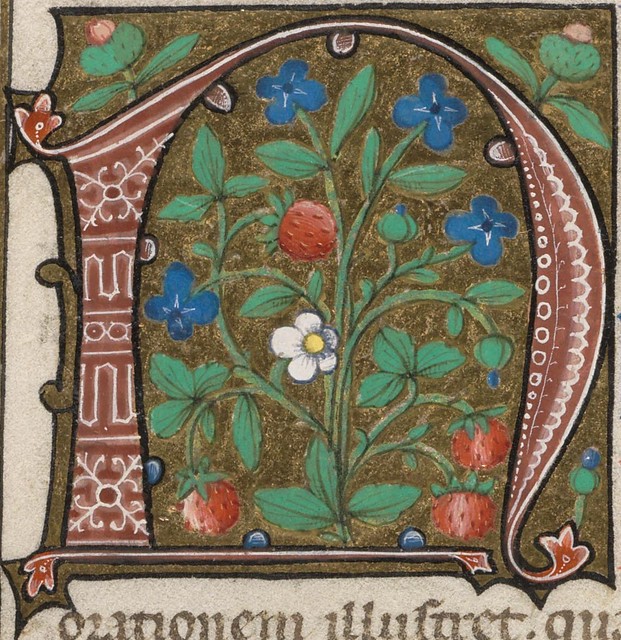The Ex Libris (bookplate) illustrations below were selected from the first half of the enormous John Starr Stewart Collection at the University of Illinois. Will from 50Watts sampled the back half of the same database: [The Bookplate Collection: Second Half].

"Against starry sky, bare-breasted Egyptian goddess wearing ankh pendant and holding sheaf and quill; ouroboros (snake with its tail in its mouth) surrounded open book with owner's initials, book press and ink balls. Motto on banner: Lux in tenebris (Light in the shadows)"
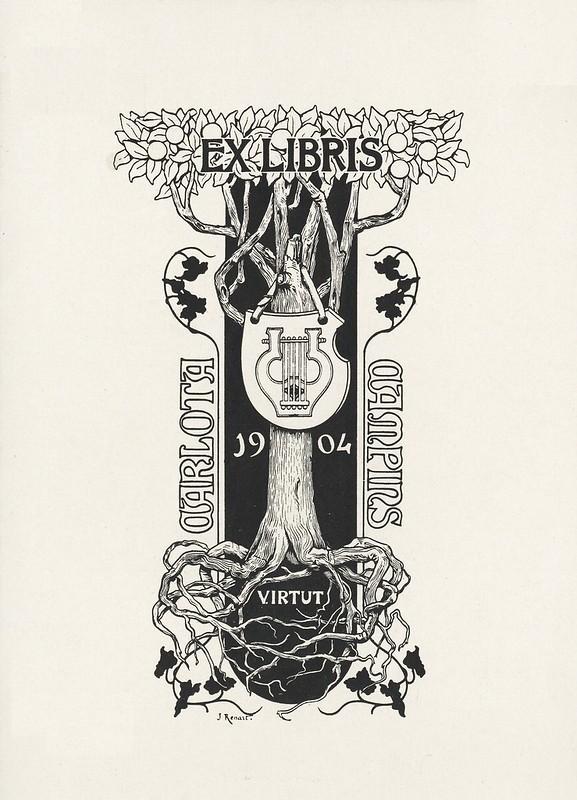

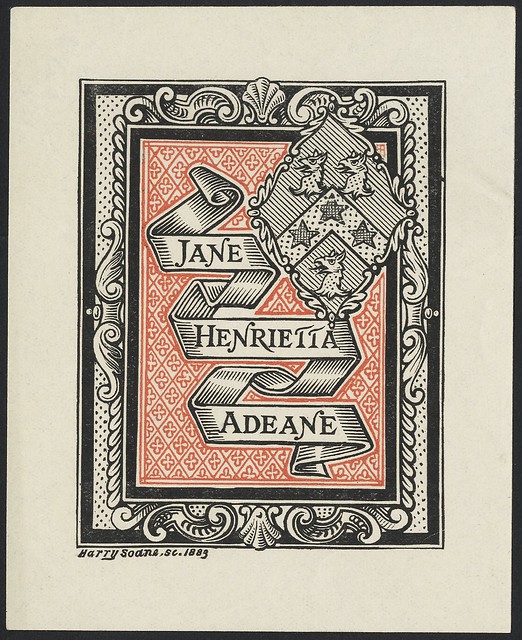
"Printed in black and red. Within a picture frame, a lozenge escutcheon: vert (green) a chevron or (gold) charged with 3 mullets (stars) sable (black), between three griffin's heads erased or (gold). Banner with originator's name"
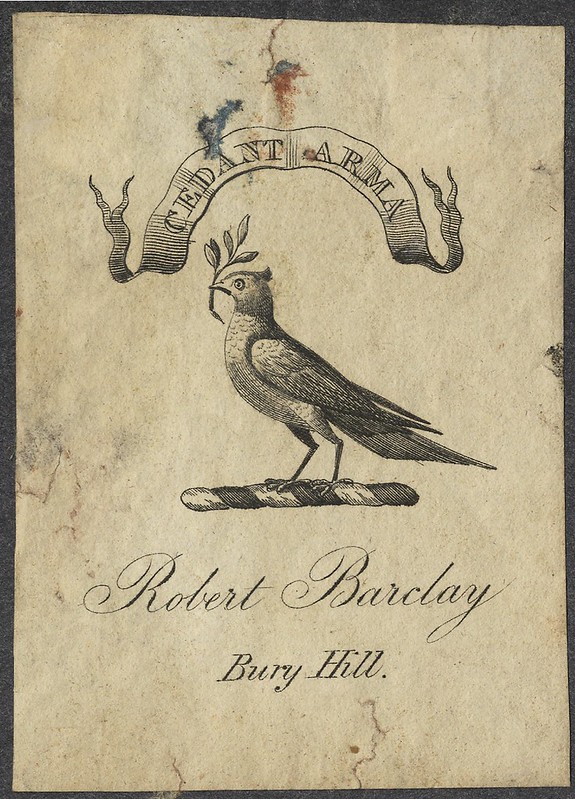
"Crest: a dove with an olive branch in itsmouth, perched on a straight wreath.Motto: Cedant arma = Let military power give way"
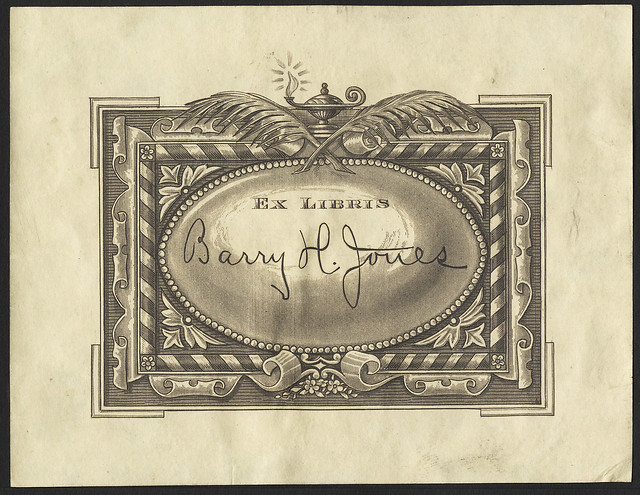
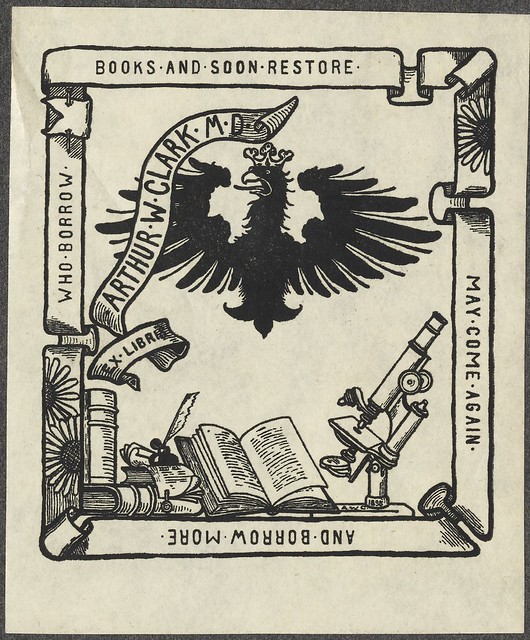

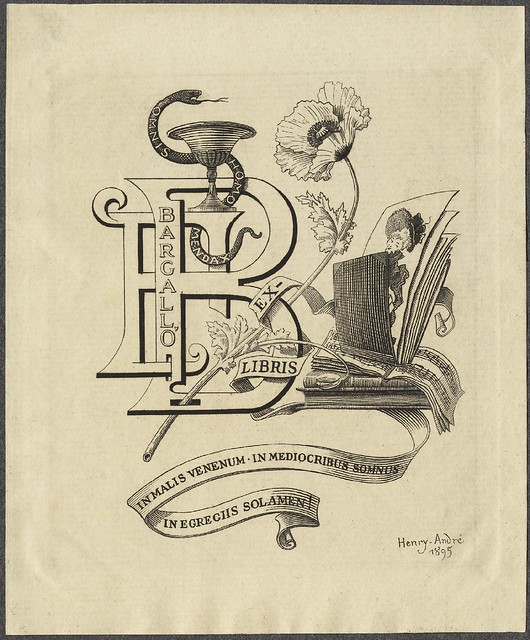
"Cipher: FB; books, music, portfolio of fashion plates; flower; snake and cup; Motto: Omnis homo mendax = Every man is a liar; In malis venenum, in mediocribus somnus, in egregiis solamen."
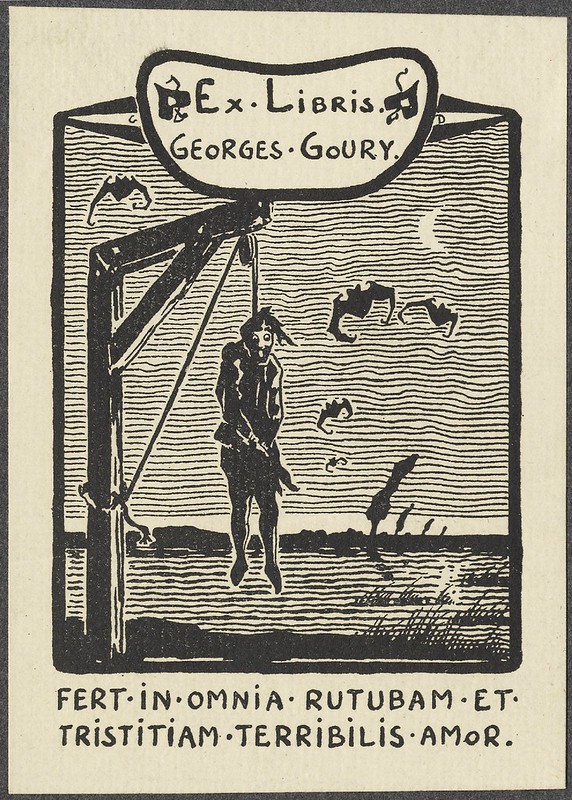
"The motto, "Fert in omnia rutubam et tristitiam terribilis amor" (In all thing terrible love brings trouble and sadness"); depicts a man hanging from a gallows and a night landscape with trees, bats, and a crescent moon."
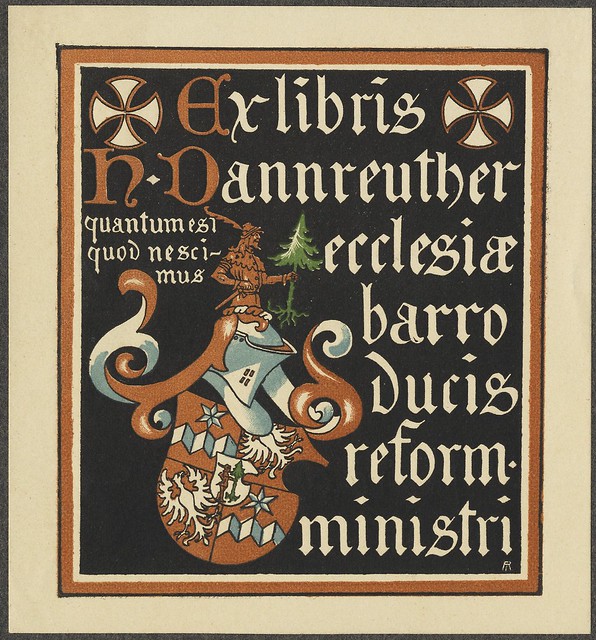
"Coat of arms. Armorial shield Crest: a woodsman holding an uprooted tree (also depicted on shield). Motto: Quantum est quod nescimus (How little we know). Multicolored. The motto was previously used by the Dutch scholar Daniel Heinsius (1580-1655)"
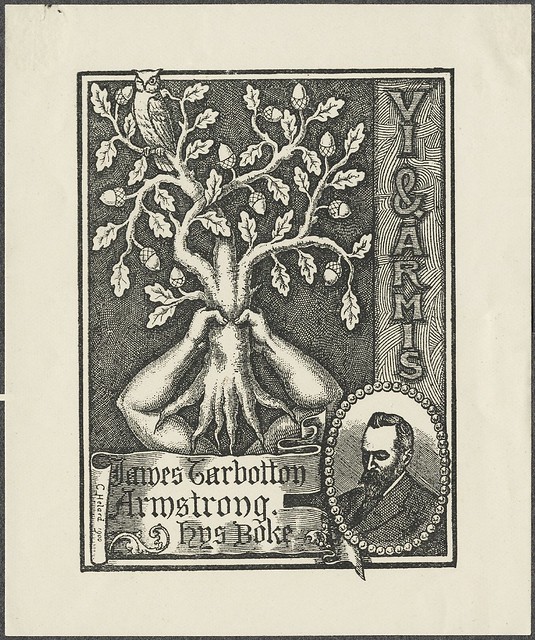
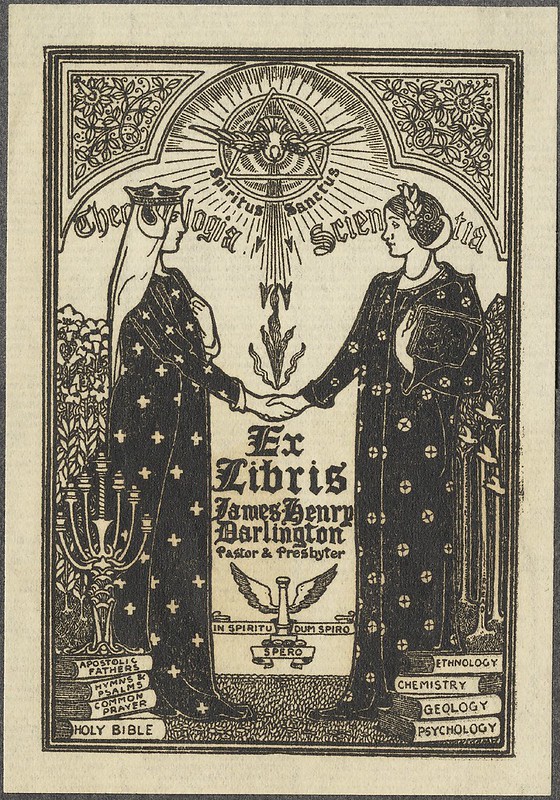
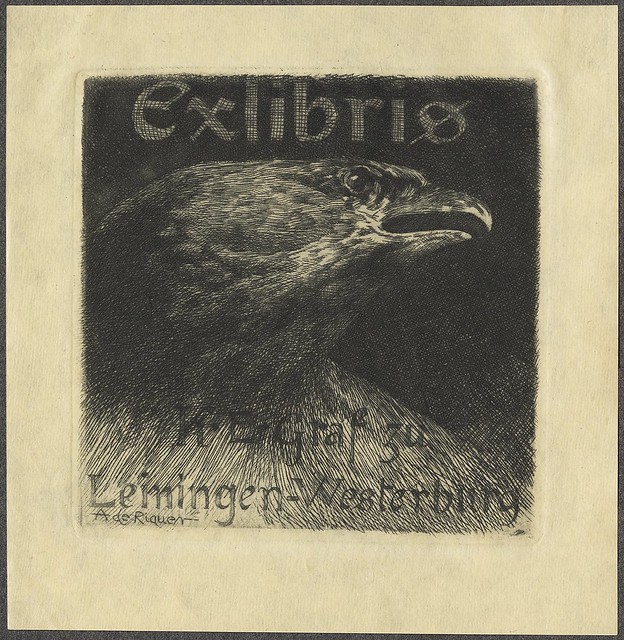

"Putto with open book; another putto on
chair of books; central tree with shield and motto.
(Harrwitz was a rare book dealer and publisher in Berlin)"
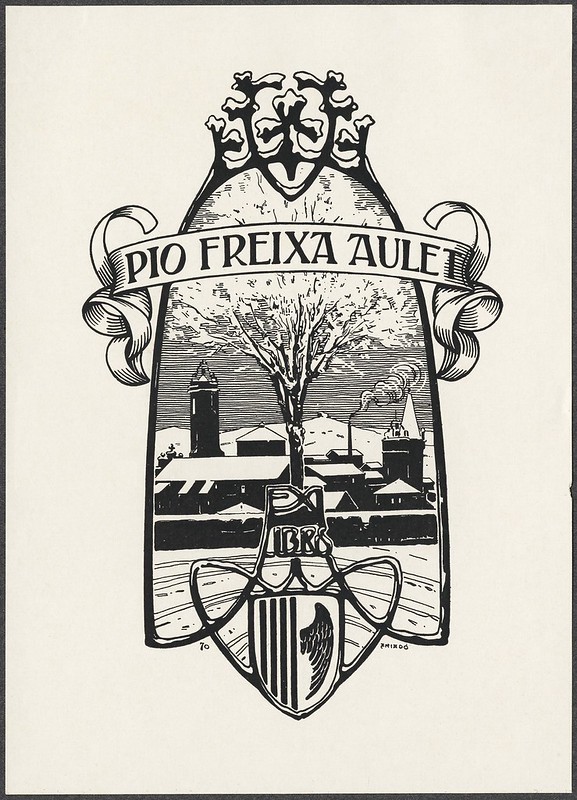
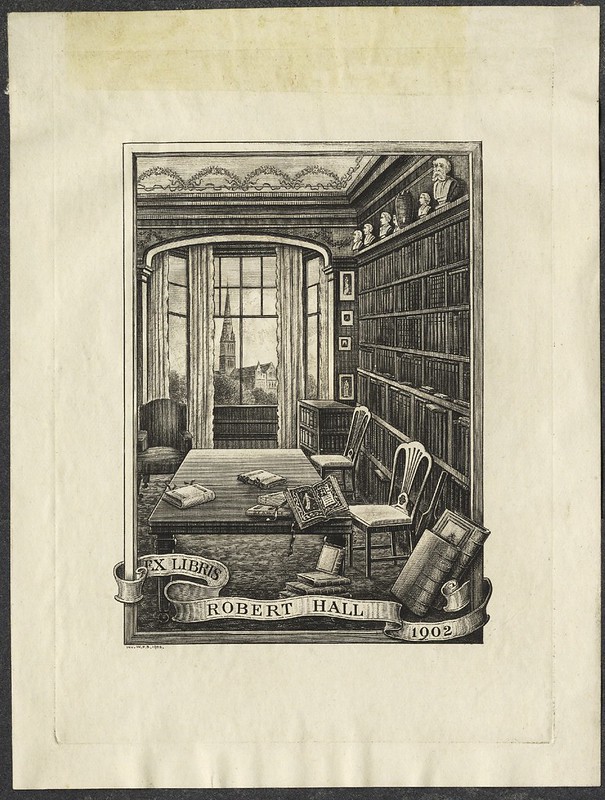
"Interior with wall of books, large reading table with
books (including open illuminated manuscript, chairs;
large window looking out onto building with spire tower."
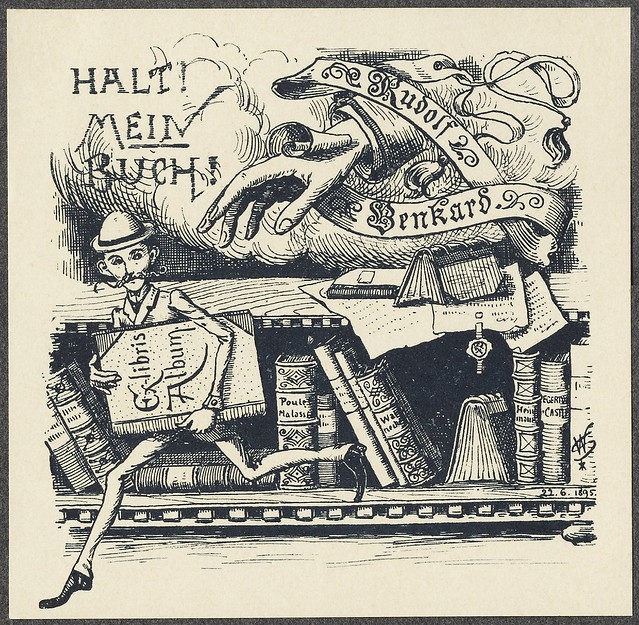
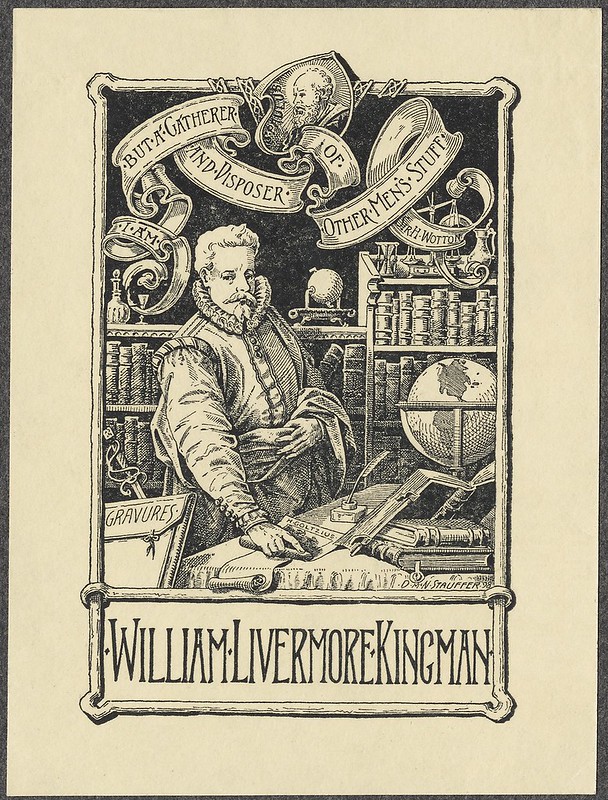
"Man in renaissance garb, with ruff, sash and sword; behind him, shelves of books, scientific instruments, decanter and glass; on the table, an envelope for prints marked 'Gravures', partially unfurled print marked 'H. Goltzius'; ink pot and quill, globe showing western hemisphere; open book resting on two closed books.
Note - Quote is by Sir Henry Wotton (1568-1639), from the preface to his Elements of Architecture (1624); name on print refers to Hendrik Goltzius (1558-1617)"
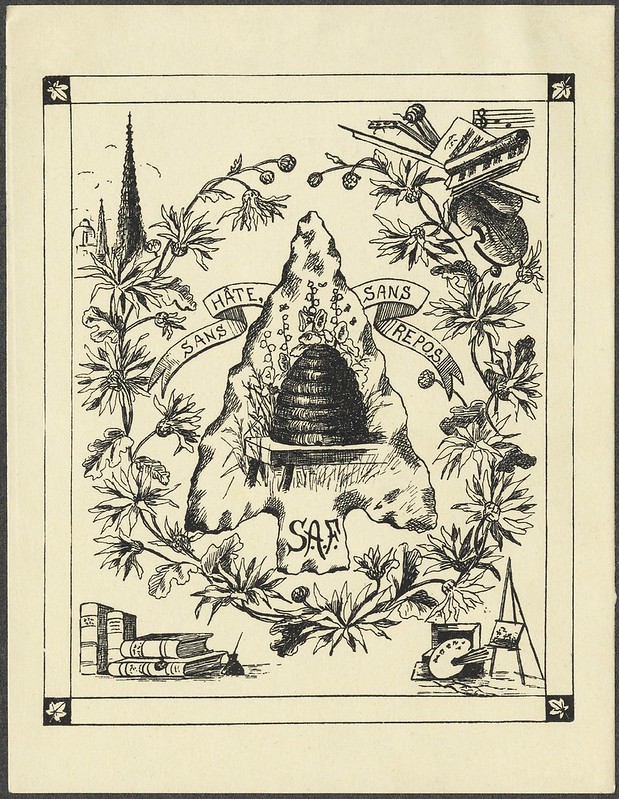
"Floral frame with beehive against flint arrowhead in center; spires upper left; musical instruments upper right; books lower left; easel lower right, Motto: Sans hâte, sans repos (Without haste, without rest)"
- The John Starr Stewart Ex Libris Collection (1600+ bookplates) at the University of Illinois Urbana-Champaign.
- See Will's post on 50Watts sampling from the back half of the Ex Libris Collection.
- The World of Ex Libris: A Historical Perspective (via The Wayback Machine)
- Previously on BibliOdyssey:::::::: The Bookplate Book --><-- Assorted Ex Libris --><-- Pratt Ex Libris --><-- Heraldic Bookplates --><-- Oleg Denisenko --><----> AND, generally : bookart


